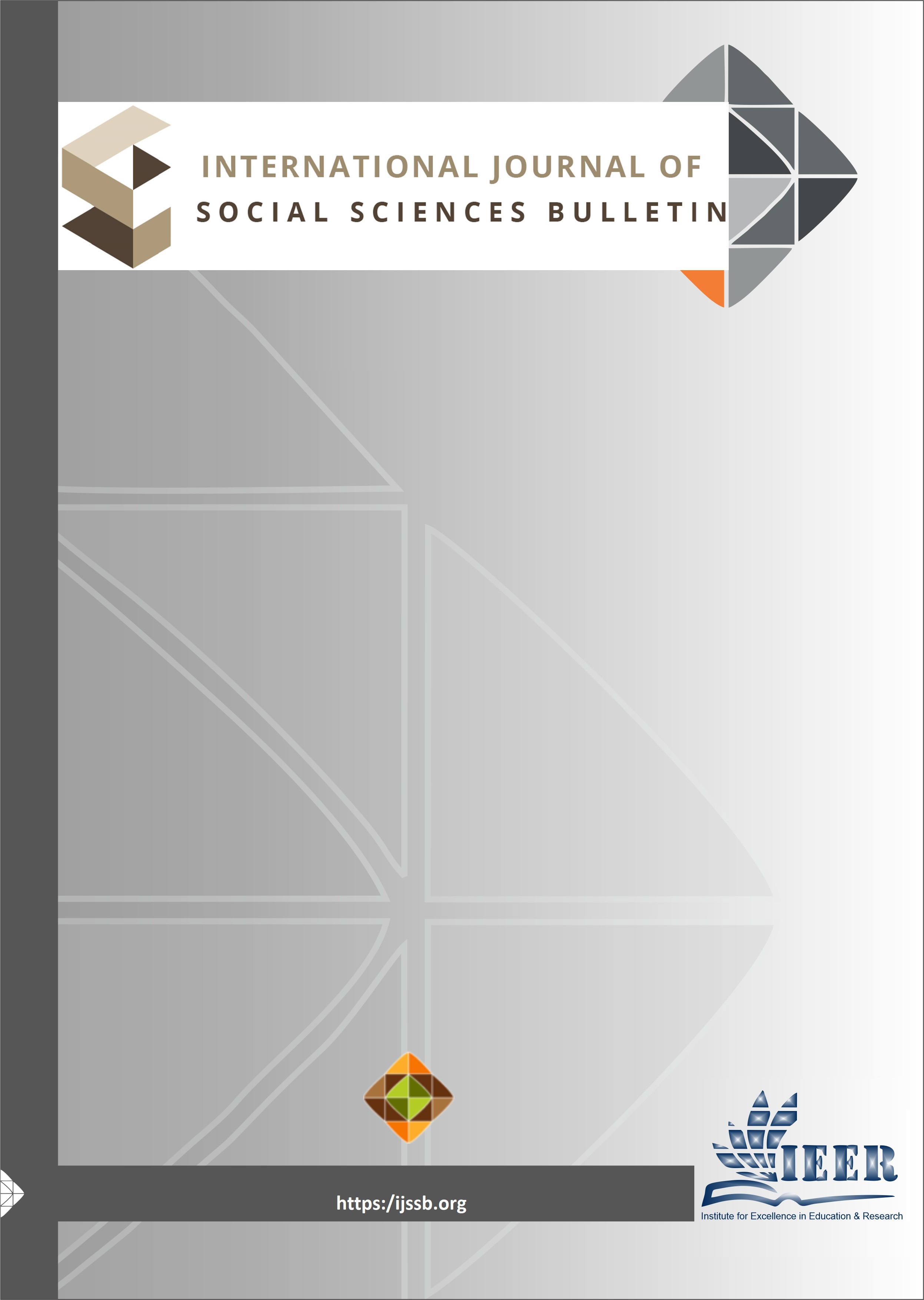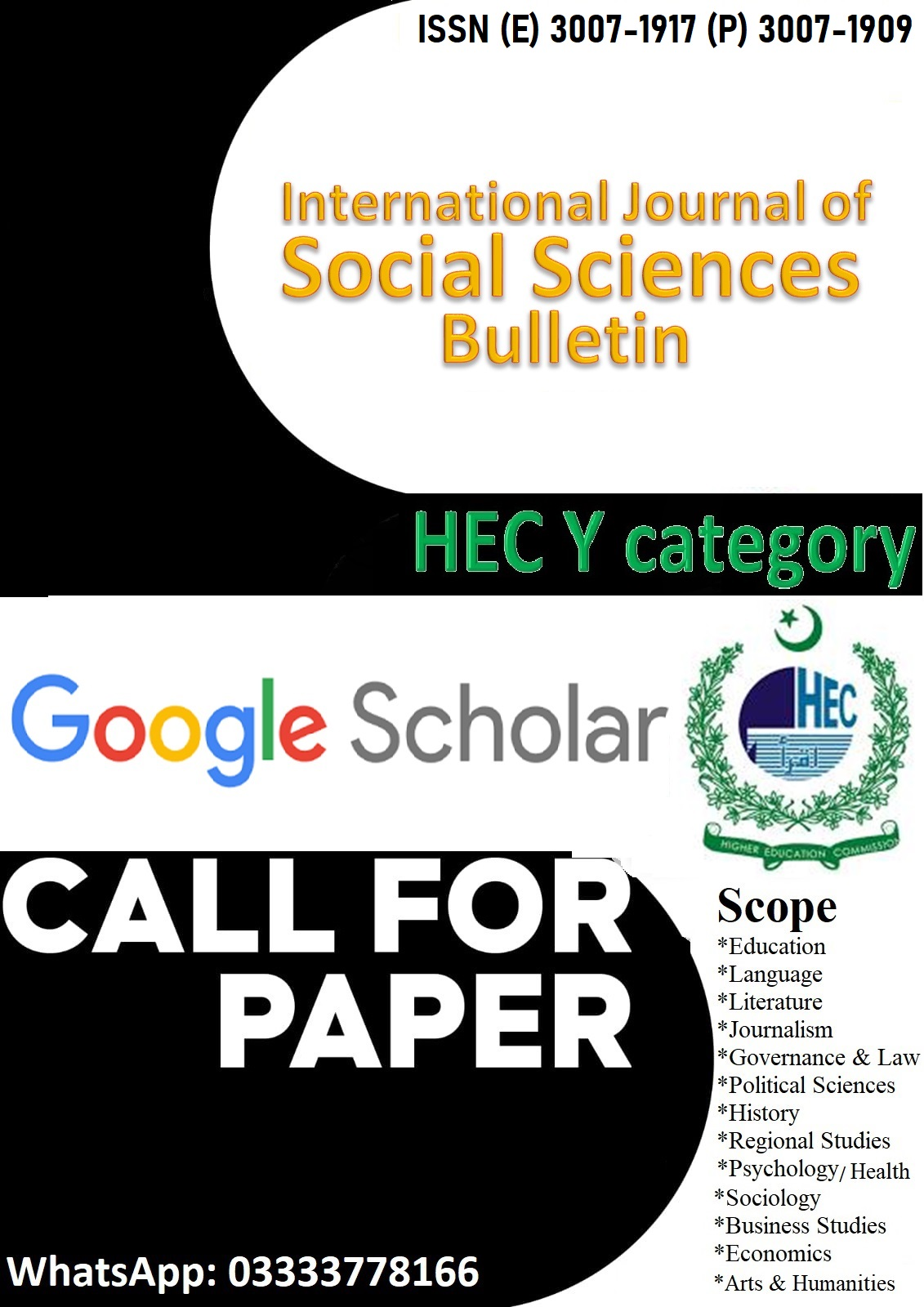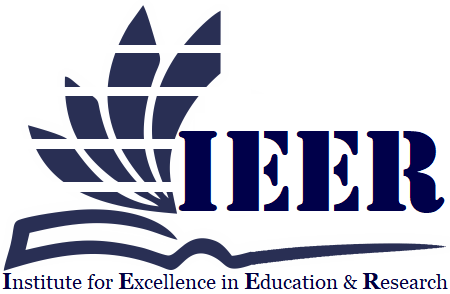ASSESSING HALAL MEAT CONSUMPTION PATTERNS AMONG MUSLIMS: A COMPARATIVE STUDY OF PAKISTAN AND CHINA
Keywords:
Halal meat consumption, food safety concerns, purchase intention, consumer behavior, cross-cultural analysis, Pakistan, ChinaAbstract
This study explored the factors influencing halal meat purchase intention in Pakistan and China, achieving its objectives by analyzing how food quality, health perceptions, food safety concerns, societal norms, moral obligations, and cultural differences shape consumer behavior. A quantitative approach was employed, using multiple regression analysis and independent sample tests for data analysis through SPSS. The findings highlight distinct cross-cultural differences. In Pakistan, food safety concerns are the primary drivers of purchase intention, reflecting consumers’ heightened sensitivity toward hygiene and quality. Conversely, Chinese consumers are more influenced by positive perceptions and awareness of halal meat, suggesting that educational initiatives can foster greater market acceptance. The study contributes to existing knowledge by revealing that while religious beliefs strongly influence decisions in predominantly Muslim regions like Pakistan, they are less impactful in non-Muslim majority areas like China. To enhance market penetration, firms in Pakistan should prioritize transparent supply chains and safety certifications, while Chinese companies can leverage educational campaigns and partnerships with health influencers. Future research could further explore the comparative behavior of Muslim and non-Muslim consumers in China to gain deeper insights into the role of cultural and religious factors in shaping halal meat consumption patterns.
Downloads
Published
Issue
Section
License

This work is licensed under a Creative Commons Attribution-NonCommercial-NoDerivatives 4.0 International License.

















